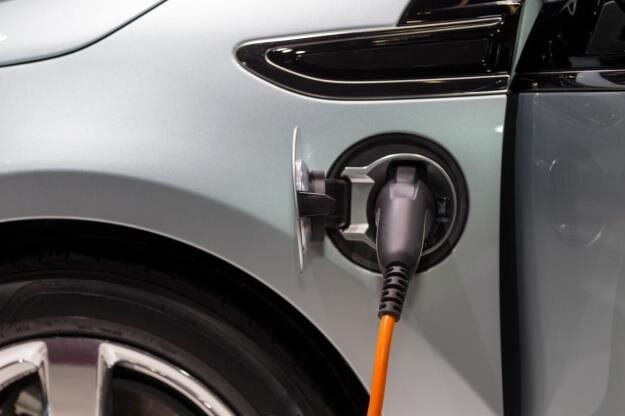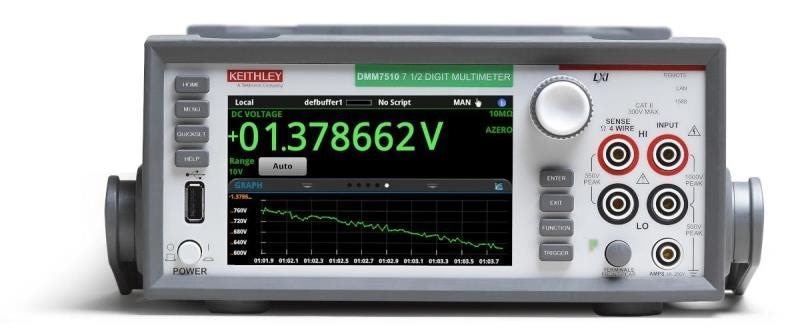Rechargeable batteries are appearing in more devices than ever before. We are requiring these batteries to hold more energy, last longer and charge faster. This is even more critical in applications such as electric vehicles, where batteries must perform to the highest standards while remaining small and lightweight. This makes EV battery testing critical to catch failures in the batteries before they are placed in a product.
What is Self-Discharge?



